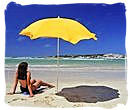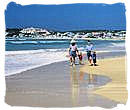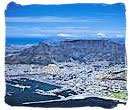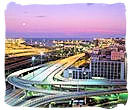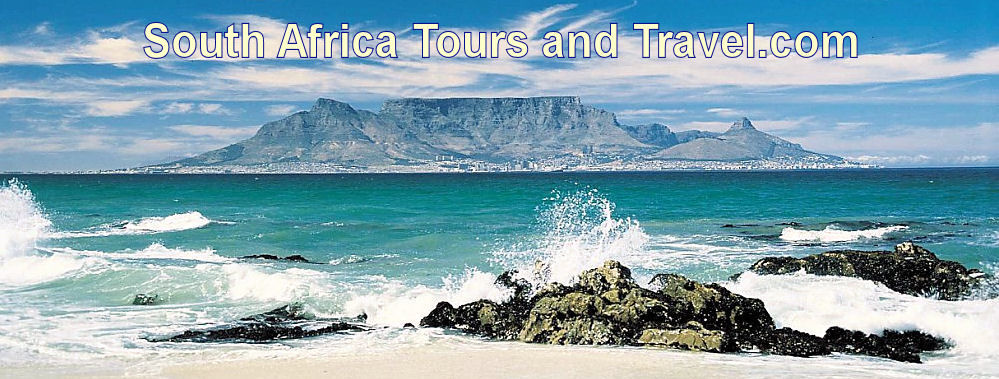 |
||
History of Durban South Africa in a Nutshell
He named the land "Terra do Natal", Portuguese for Christmas Country. Hence the names "Natal" for the region and "Port Natal" for the settlement on its Indian Ocean seaboard, which came into existence in the early 1800s. Until that time the region remained off European radar until 1823 when Lieutenant F.G. Farewell's ship sheltered from a storm here.It has however, a much longer history of habitation. It is believed by archaeologists that this region, like most of South Africa, was inhabited by the San people, also known as Bushmen, as long ago as 100,000BC. These Bushmen, who were hunters-gatherers, were eventually displaced by the southward migrating Bantu tribes 500 - 1000 years ago. They are the ancestors of South Africa's black population today. copyright © South African tourism 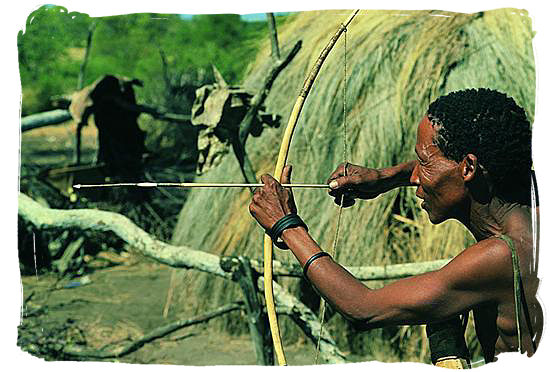 In 1824 Farewell returned with 25 colonists from the Cape and established a settlement located on the Northern Shore of the bay near an area known today as Farewell Square. Called Port Natal initially, this settlement grew into the modern city that we know today as Durban. It was renamed in 1835 after the governor of the Cape Colony Sir Benjamin D'Urban. 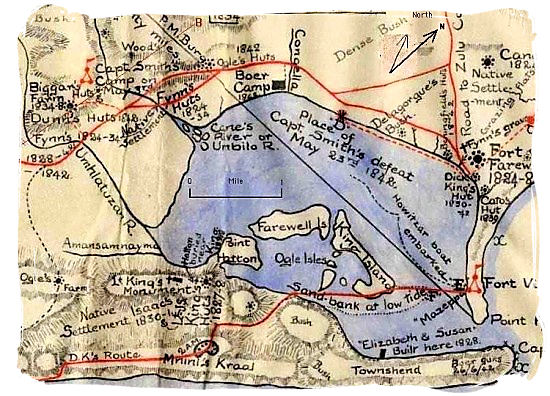 Farewell was accompanied by an adventurer named Henry Francis Fynn, who befriended the famous Zulu King Shaka, by tending to him after he had been stabbed during an assassination attempt. To show his gratitude, King Shaka gave Fynn a 50km strip of coast that was 160km deep. copyright © South African tourism 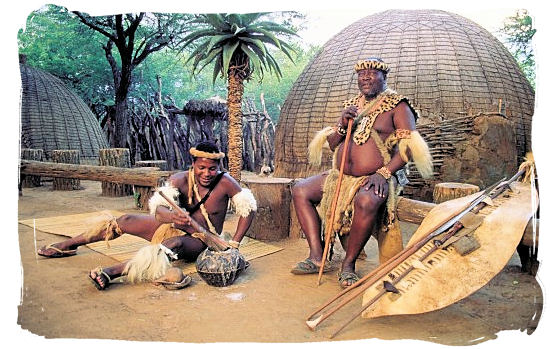 The Boers meanwhile, were trekking inland away from British rule in the Cape and founded the Republic of Natalia in 1838, with Pietermaritzburg as its capital. Rumors of the Boers poor treatment of the Zulu people reached the Cape Colony, causing the governor to send his army to claim back British rule in the Port of Natal. 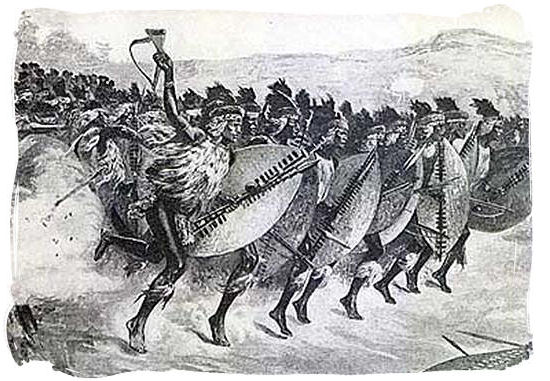 On the 4th May 1842 the troops arrived and set up fort. Three weeks later they attacked the Boer camp in the Congella area, but the attack failed and the British were forced to retreat back to their fort under siege. Local trader Dick King escaped the blockade and rode all the way to Grahamstown, (a distance of 600km!) in 14 days, to call for reinforcements. Reinforcements arrived 20 days later and the fort was saved. By 1844, after many fierce battles with both the British and the Zulu people, the Boers had to accept the annexation of Natal by the British. With the newly appointed British Governor many immigrants arrived from Europe and the Cape to settle themselves in the new colony. 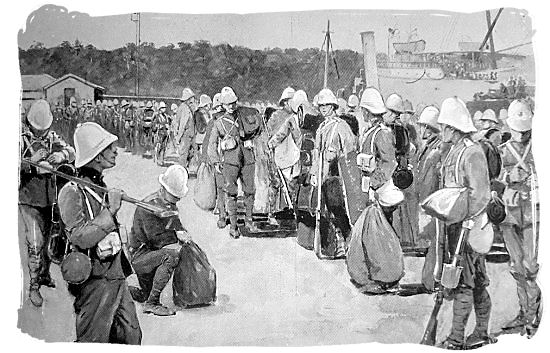 By 1860 a strong sugar cane industry had established itself as the major economic force in the region, but because of the previous wars and mistreatment, the Zulu people were reluctant to work for the British on their sugar cane farms. Consequently, the "indentured laborers" from India were brought over to Natal by the thousands, to work on the sugar cane plantations. 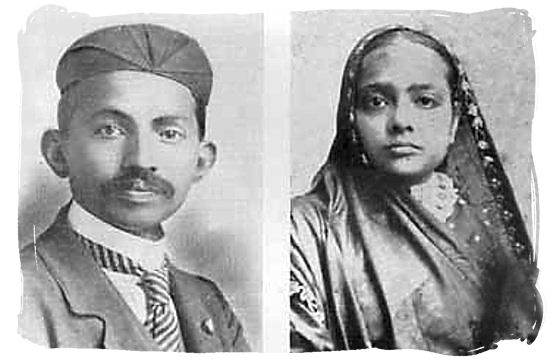 One of them was Mahatma Gandhi, a lawyer who lived in Durban at the Phoenix Settlement from 1893 to 1914, who became the political leader of the Indian community. He became world-famous when he led India to independence from British colonial rule. Today Durban has the largest Indian population outside of India in the world. Due to this rich colonial history, Durban's society is today a veritable "cultural curry" of nationalities, ethnicities and religions. In today's post-apartheid era Durban has become part of the eThekwini Metropolitan Municipality, which includes all of its surrounding towns and suburbs. In the video clip below you are taken on a guided tour of the city of Durban, visiting some great attractions such as uShaka, the Moses Mabhida Stadium, the Victoria Street Market and others. Last but not least, there are seven unique museums in Durban, offering the visitor a brief look into its history by means of their exhibitions, programmes and collections. Come and explore! |
|
|
|
|
||
